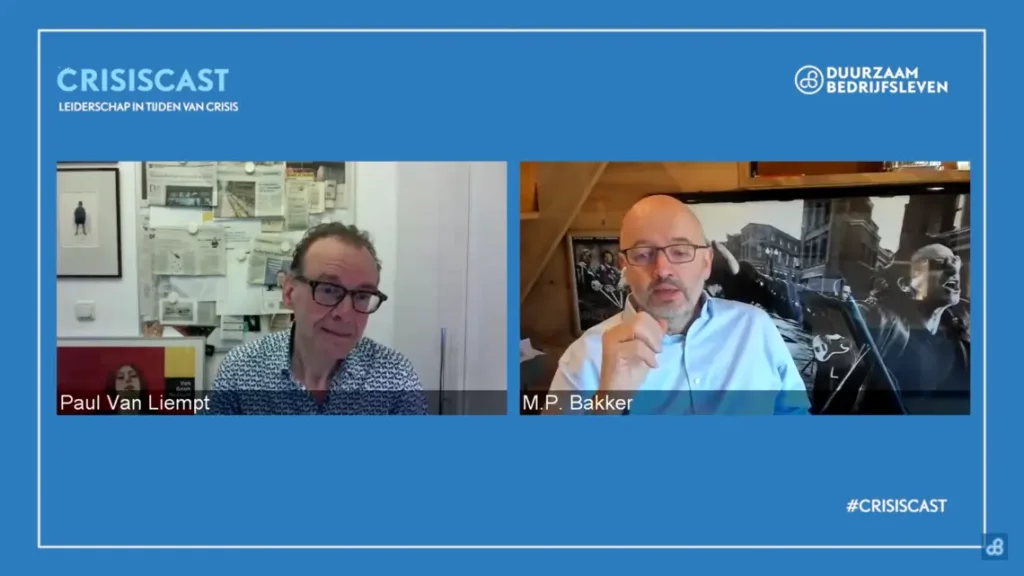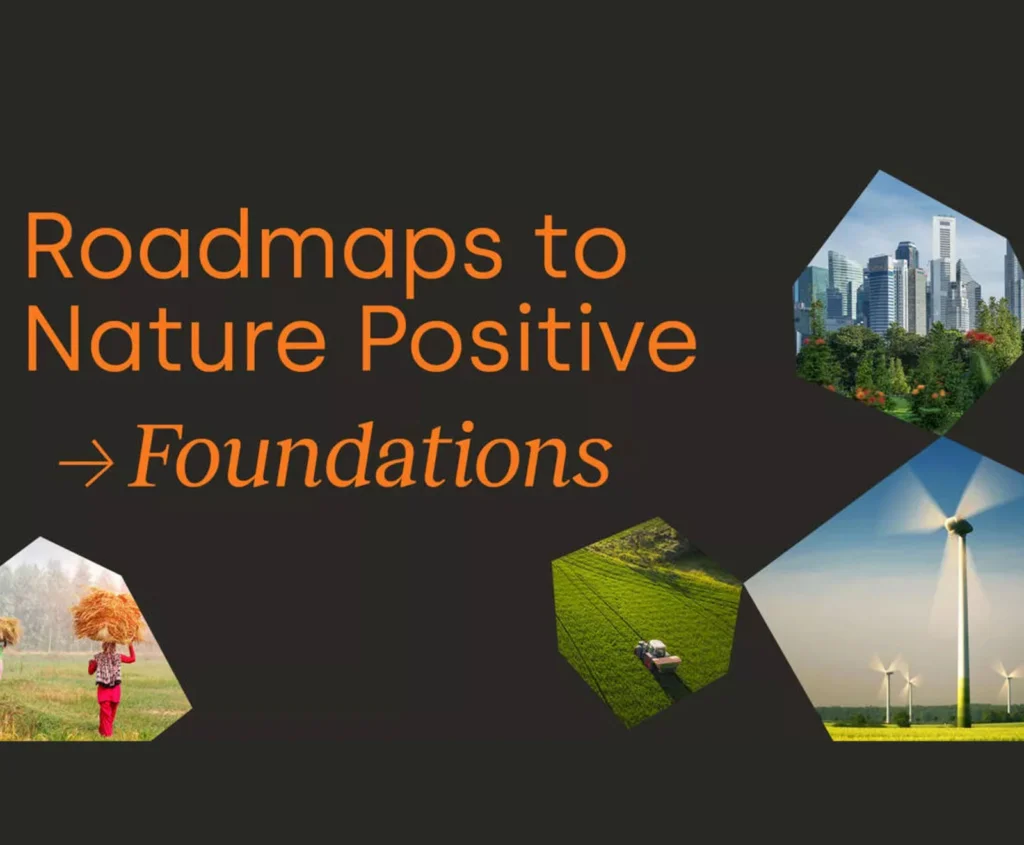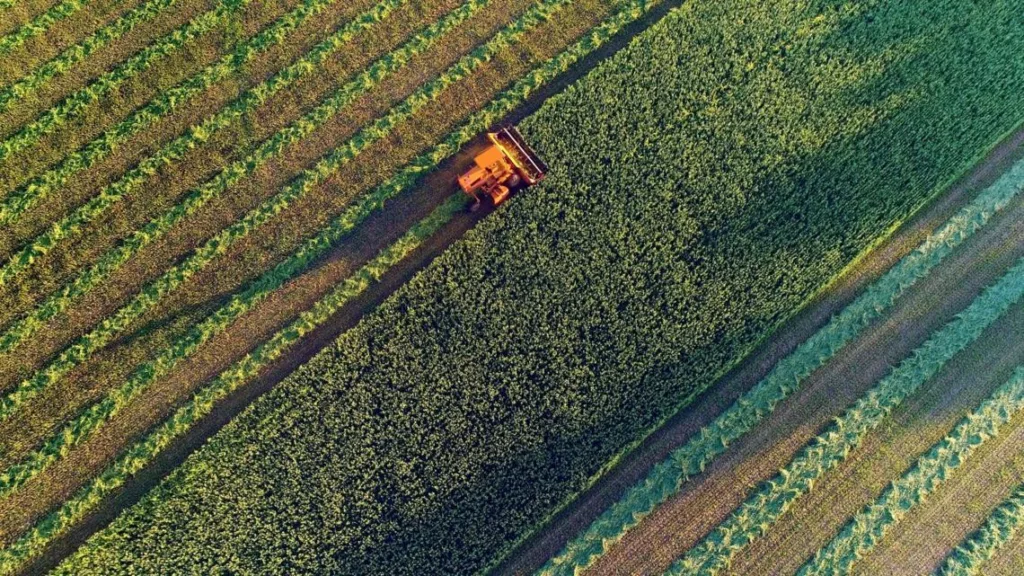Authors
Ryan Whisnant, Director of Land Use Finance, WBCSD
As the climate crisis escalates, leaders face a stark choice: continue down the current path, or seize the opportunity to course-correct by embracing the potential of nature. The evidence is clear: nature is an underestimated asset in the fight against climate change.
Forests and other ecosystems provide immense value to the global economy. Forests are home to roughly 80% of the world’s terrestrial biodiversity. More than 55% of global GDP is dependent on nature, with associated risks relating to nature loss and degradation. We simply cannot achieve a stable 1.5°C warming without preserving and protecting nature.
Nature takes the global stage
In September, nature took center stage at New York Climate Week. Experts explored the vital linkages between biodiversity and climate resilience, highlighting the essential services provided by forests, wetlands, and other natural systems. What is crystal clear is that investing in nature delivers significant economic and social benefits. Despite that, recent analysis reveals a stark reality: over half of the global nature commitments made since COP26 show minimal or no progress. Action, not just words, is needed.
Over the last two weeks, world leaders, country representatives, non-state actors and climate activists gathered in Dubai for the United Nations Conference of the Parties (COP28). The discussions built upon the momentum established at Climate Week and marked a global turning point for nature, shifting the narrative to one that recognizes nature’s true potential and the importance of harnessing its power to build a more resilient and sustainable future.
At COP28, nature was placed firmly at the center of the COP World Climate Action Summit on 2 December. The Leaders’ Event, titled “Protecting Nature for Climate, Lives, and Livelihoods,” sparked crucial discussions and announcements on nature. Non-state actors were united under three shared goals: ending deforestation, halting the degradation of ecosystems, and securing the tenure of Indigenous and local communities’ territories by 2030. Meeting these goals by 2030 requires urgent mobilization of financial resources and mechanisms to bridge the nature funding gap.
Achieving a successful outcome for nature at COP28 was critical to influencing the conclusion of the first Global Stocktake (GST). For the first time, governments will be held accountable through the GST, assessing their progress since the Paris Agreement. The effectiveness of climate actions, impact of policies, and areas requiring intensified efforts will be under the microscope in an effort to drive transparency, accountability, and ambition in addressing climate change and nature loss. Over 200 organizations have called for better transparency on nature plans within the GST outcomes.
Finance is a significant missing link. Nature-based solutions (NbS) that protect, restore, and sustainably manage forests and other ecosystems could provide 37% of cost-effective climate change mitigation efforts needed by 2030 to meet the Paris Agreement goals and stabilize warming to below 2 degrees Celsius. However, current funding for NbS falls short, standing at only $154 billion annually – less than half of the $384 billion needed annually by 2025 to achieve global climate and biodiversity goals.
Despite the challenges, there is good reason for optimism. As part of the World Climate Action Summit, countries, foundations, and development banks committed to provide $1.7 billion in finance to simultaneously meet climate and biodiversity goals; this includes a $100 million commitment from the United Arab Emirates (UAE), as well as an initial $30 million investment in the Resilient Ghana plan also announced at COP. Additional partnerships will help mobilize private-sector financing for developing anti-deforestation plans and nature-based projects in the Democratic Republic of the Congo, Papua New Guinea, the Republic of Congo, and Ghana. Other encouraging developments at COP included announcements on enhanced data capabilities for tracking deforestation and promoting accountability and fresh perspectives and strategies on financing forest conservation and restoration efforts.
Turning ambition into action
COP28 presented a pivotal moment to move beyond pledges and translate ambition into concrete action for nature. Heading into 2024, we must continue to build on the momentum that began at Climate Week and continued in Dubai.
Two initiatives, the Forest Investor Club (FIC) and Forest Finance Risk Consortium (FFRC), are critical complements to the announcements and discussions at COP28. Established by the U.S. Department of State and announced in 2021 at COP26, the FIC and FFRC are two separate, but complementary initiatives led by the World Business Council for Sustainable Development (WBCSD) as secretariat.
The Forest Investor Club is a network of public and private financial institutions, companies, and investors committed to accelerating the deployment of capital into the protection, restoration, and the sustainable management of forests and nature. The FIC’s strategy centers around fostering collaboration and partnerships & developing an investment pipeline to scale NbS investment. The FIC’s first annual report highlights how FIC members are already developing and executing innovative investment strategies to drive capital into high-impact forestry and other NbS projects, including a set of case studies that highlight multi-million-dollar investment strategies led by FIC members.
The Forest Finance Risk Consortium directly tackles deforestation-free finance. It is a partnership between financial institutions and experts in land use change monitoring and climate and nature-related financial disclosure to improve assessment and disclosure, and ultimately to eliminate deforestation risks from financial portfolios. The ultimate objective is to help financial institutions eliminate financed emissions and nature loss driven by deforestation. In September, the FFRC released a guide on tools and frameworks for deforestation-free finance, covering practical tools and approaches to access data, perform analysis, and implement actions towards zero-deforestation targets for investment or lending portfolios.
COP28 highlighted the urgency of taking action to halt and reverse nature loss by 2030. We cannot reach global climate goals without nature. Scaling the speed and reach of commitments is crucial if we want to build a nature-positive and sustainable future for everyone.
Outline
Related
Content

“We’re going to get worse shocks than COVID-19”: Peter Bakker on the impact of this crisis on our current system and lessons for the future
17 April, 2020

Cutting through the complexity – guidance for business to accelerate action and accountability in support of nature-positive outcomes
12 September, 2023

Launch of guidance for banks on Net Zero target setting for farm-based agricultural emissions
1 December, 2022

